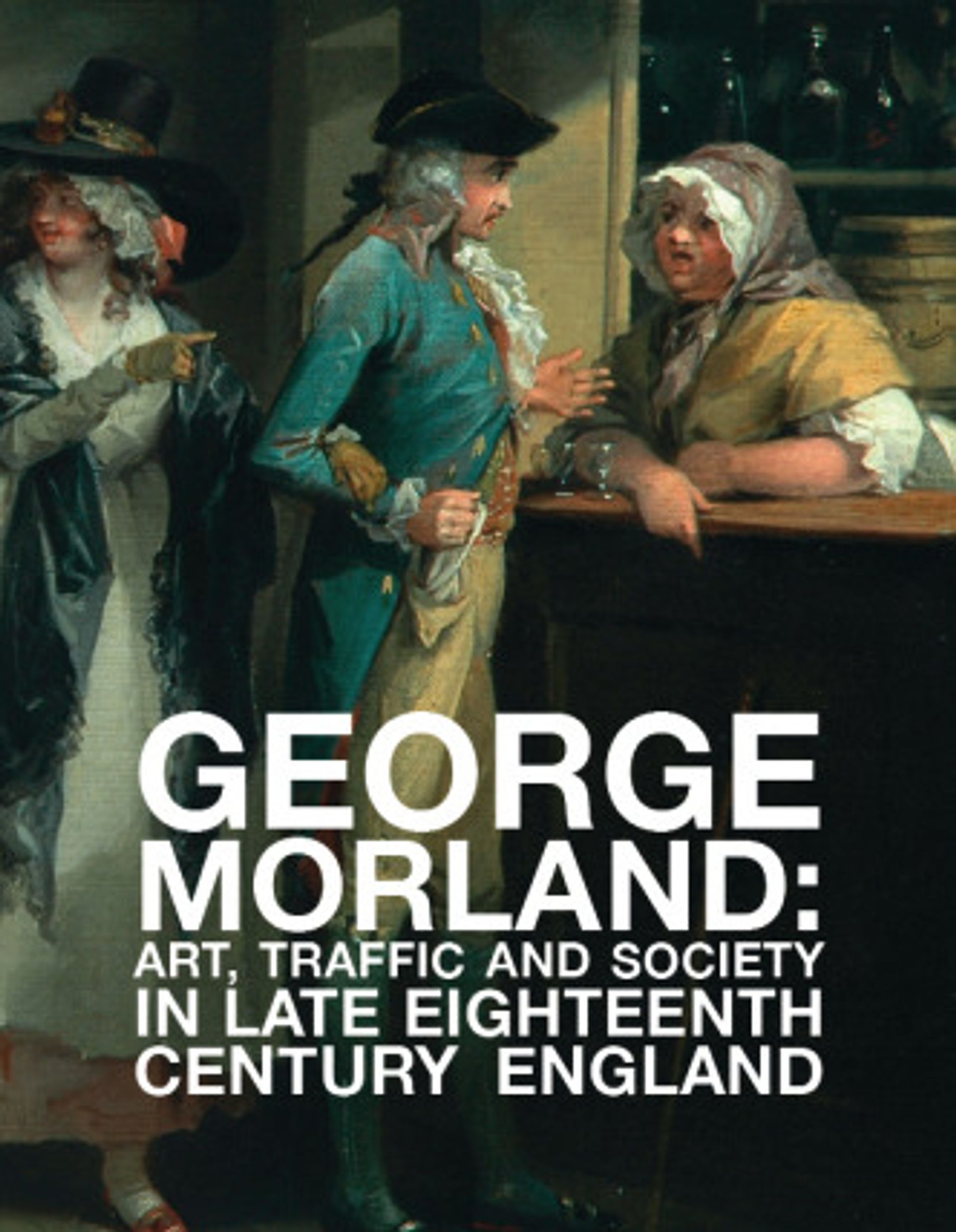The late 18th-century painter George Morland (1763-1804) had been all but ignored since British painting enjoyed its heyday in the 40 years from 1880 to 1920. Monograph studies, much encouraged by the art market, were published at the time and, but for a small exhibition at Reading in 1975 and the odd chapter in more general books, notably in John Barrell’s seminal The Dark Side of the Landscape, Morland has been all but forgotten. Nicholas Grindle is writing a comprehensive study of the artist, and the group of essays published in connection with a small exhibition (until 11 July) at the Burton Gallery, University of Leeds, is a taste of more to come.
George Morland: Art, Traffic and Society in Late 18th-Century England includes five essays together with catalogue entries for each of the exhibits. Grindle’s own contribution uses Morland’s The Artist in His Studio And His Man Gibbs (around 1802) as an entrée to the artist’s dramatic life of self-destruction through drink, debts and absence of business acumen. A short essay follows about wreckers, fish-sellers, press gangs and smugglers, and touches on the remarkable pair of paintings, African Hospitality (1791) and Slave Trade (1791); David Alexander details the artist’s close relationship with print. Kerry Bristol looks at Morland’s relationship with London exhibitions, emphasising his father, Henry, which sadly loosens the focus of the book. The slim volume is rounded off with a review of Morland’s treatment in contemporary newspapers.
There can be little doubt that Morland is an interesting artist. His subject matter shares the wit of his contemporary Thomas Rowlandson. His work is variable in quality and a tighter selection might have better served the artist’s reputation and shown his work to be more diverse and inventive; his winter scenes were a sad omission. Works have come from British public galleries, with few sel ected from private collections, and the highlights show Morland to be an exceptional landscape painter in the early 1790s, a competent animal painter and a great observer of social mores. It is a treat to have a new study of an artist who has made so few appearances on the academic stage.
Hugh Belsey has been a senior research Fellow of the Paul Mellon Centre for Studies in British Art, London, and is currently writing a catalogue raisonné of the portraits of Thomas Gainsborough, due for publication in 2017

George Morland: Art, Traffic and Society in late 18th-Century England
Nicholas Grindle, ed
Stanley & Audrey Burton Gallery, 100pp, £12 (pb)

